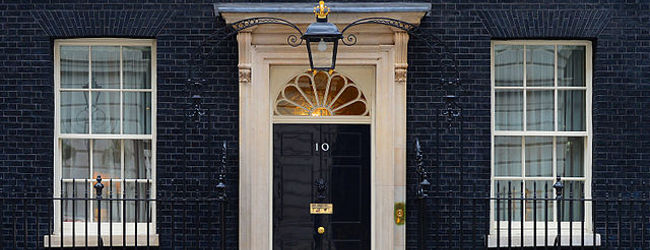At the start of this year the former British prime minister Tony Blair forecast the General Election would be one “in which a traditional left-wing party competes with a traditional right-wing party, with the traditional result”.
It was a prediction that proved, unlike the polls that most pundits (including me) believed, to be bang on. Not only did the Tories surge to a majority against all expectation, the Liberal Democrats were massacred in the polls whilst Labour’s usual haul of Scottish seats were siphoned off to the Scottish National Party. The Right consolidated; The Left fractured.
Event if Blair’s cliché looks good so far, it is his legacy at the turn of the millennium that complicates things. Provided one accepts he is leftwing, Blair remains the most successful politician of the Left for the last century, having managed the singular feat for Labour of winning three elections on the trot.
Unsurprisingly his example is causing a rupture in the party that has lost two general elections since he left in 2007. Indeed the incoming list of Labour candidates are being judged largely on whether they follow Blair or the recently departed leader Ed Miliband, himself a disciple of Gordon Brown, the last Labour prime minister.
Who ultimately triumphs in the contest – which includes former health secretary Andy Burnham, former work and pensions secretary Yvette Cooper, and newcomers from the 2010 intake such as Chuka Umunna and Liz Kendall – is less important than what philosophy they represent: New Labour or Old.
It is a dilemma echoed in a similar contest taking place within the Liberal Democrats. Long seen as a “none of the above” option for ambivalent voters, the party forfeited this role by agreeing to go into coalition with the Conservatives in 2010. Now returned to opposition, it will have to compete with the SNP, the Greens and the UK Independence Party for the protest vote it once owned.
Whilst the former leader Nick Clegg provides a model of how the Liberal Democrats can effect change in government, the other wing of the party was alienated by collaboration with the hated Tories, whom many Liberal Democrat voters explicitly wanted to keep out of power when they cast their ballot.
Even if the Liberal Democrats and Labour are founded on different visions of the Left, they are both stuck between centrist and extremist competition. A turn to the left could lose them even more of the centrist voters who turned Conservative at this election, whilst a turn to the centre could see their ranks depleted by the Greens and the SNP.
This is one reason why many of the prospective Labour leaders have spoken of bringing together a broad coalition of sensibilities under a new direction. “Our challenge is not to go left or right, to focus on one part of the country above another, but to rediscover the beating heart of Labour,” Burnham said as he launched his campaign online.
The trouble is that civil war is a speciality of the Left. Ideology weighs more on the minds of idealists than it does the pragmatists that are more common on the Right. Indeed the protean nature of conservatism is what has ensured the longevity of the Tories over the last 200 years, and played a part in sealing their victory last week.
Blair’s talent was to provide a plausible promise of change that could gather voters from the centre whilst inspiring the party faithful. Plenty has changed since he last occupied Downing Street, but the fundamental arithmetic remains. Unless the Left wants a traditional exile for the next generation, it would do well to remember that.
Header Image – Sergeant Tom Robinson RLC
